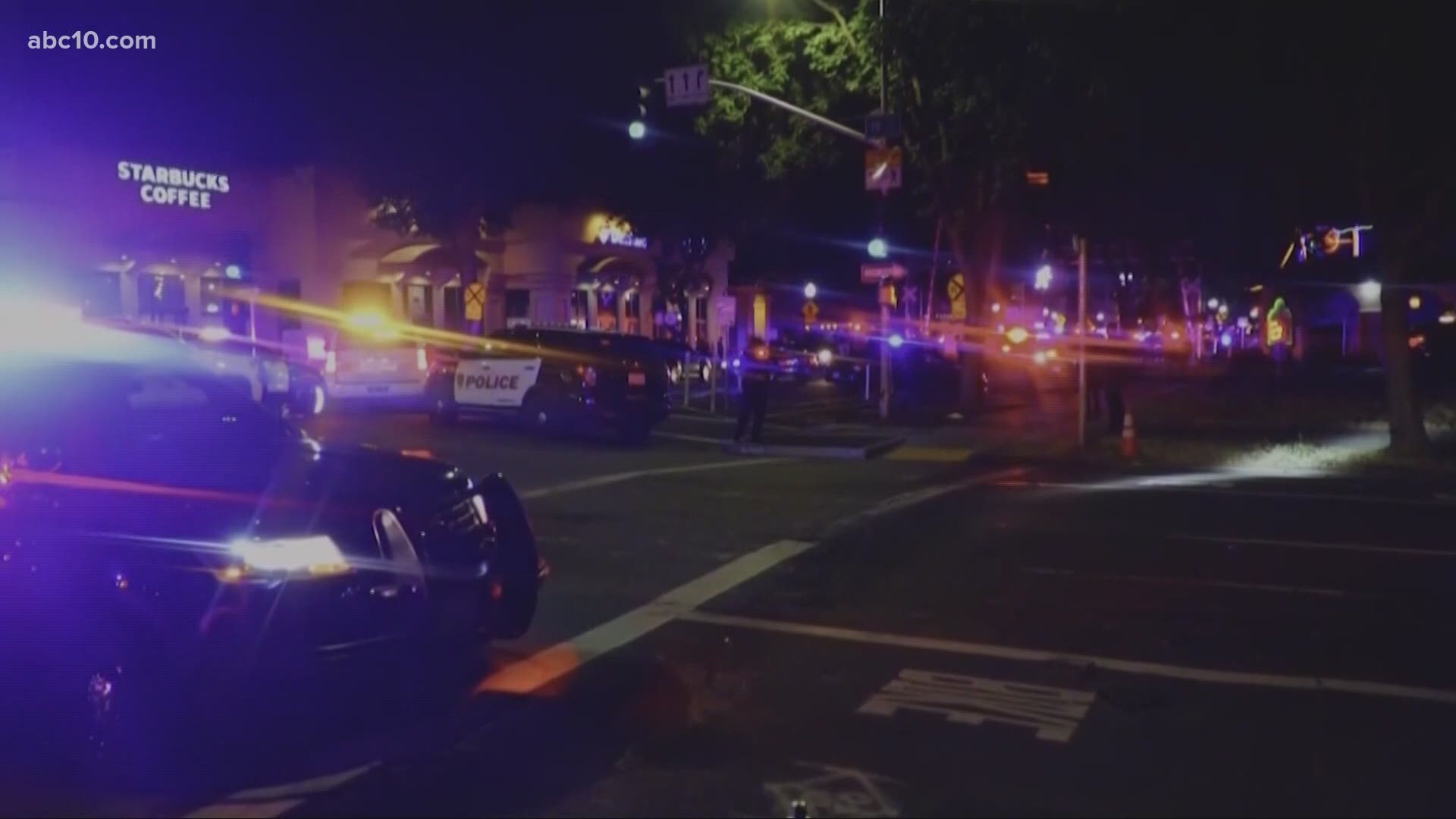SACRAMENTO, Calif. — Black drivers are still being stopped by law enforcement in California at a rate more than twice that of white drivers, according to the fifth annual report from the state's Racial and Identity Profiling Advisory Board.
Under the Racial and Identity Profiling Act (RIPA), board members can examine data collected on 18 law enforcement agencies in the state. They released their report on Friday, stating the board found police stops in 2020 remain consistent with racial and gender disparities observed in prior years.
"Analysis in this year's report breaks new ground on the experiences with law enforcement of those with mental and physical disabilities, the experiences of members of the LGBTQ+ community, in addition to the detailed analysis of stop outcomes by race, ethnicity, and gender contained in past reports," said Board co-chair and UC Berkeley professor Steven Raphael.
Vehicle and pedestrian stops by law enforcement decreased by 26.5% in 2020 with about 2.9 million stops by police, according to the report.
“The data in this report will be used by our profession to evaluate our practices as we continue to strive for police services that are aligned with our communities’ expectations of service,” said Chief David Swing, Board co-chair and former California Police Chiefs Association president.
Here are some other key findings from the 2020 round of law enforcement data collection regarding stops:
Search Rates:
People who were perceived as Black were searched at 2.4 times the rate of people perceived as White. Overall, officers searched 18,777 more people perceived as Black than those perceived as White. In addition,
transgender women were searched at 2.5 times the rate of individuals perceived to be cisgender women.
Result of Stop:
At the conclusion of a stop, officers must report the outcome, for example, no action taken, warning or citation is given, or arrest. For individuals perceived as Black, officers reported “no action taken” 2.3 times as often as they did for individuals perceived as White, indicating that a higher rate of those stopped who were perceived as Black were not actually engaged in unlawful activity.
Use of Force Rates:
Officers used force against people perceived as Black at 2.6 times the rate of individuals perceived as White. In addition, officers used force against individuals perceived to have a mental health disability at 5.2 times the rate of individuals perceived not to have a disability.
Traffic Violation Stops:
A higher proportion of traffic violation stops of people perceived as Hispanic or Black were for non-moving or equipment violations as compared to individuals who were perceived as White.
For instance, the proportion of such stops initiated for window obstruction violations was nearly two and half times higher for people perceived as Hispanic and 1.9 times higher for people perceived as Black as compared to people perceived as White.
Population Comparison:
Using data from the 2019 American Community Survey, people who were perceived as Black were overrepresented in the stop data by 10% and people perceived as White or Asian were underrepresented by three and nine percentage points, respectively, as compared to weighted residential population estimates.



















